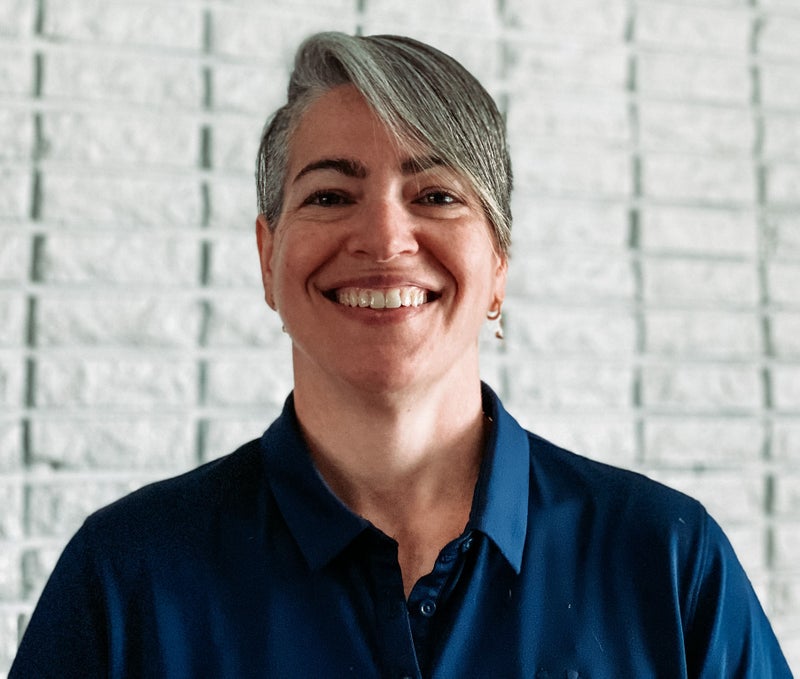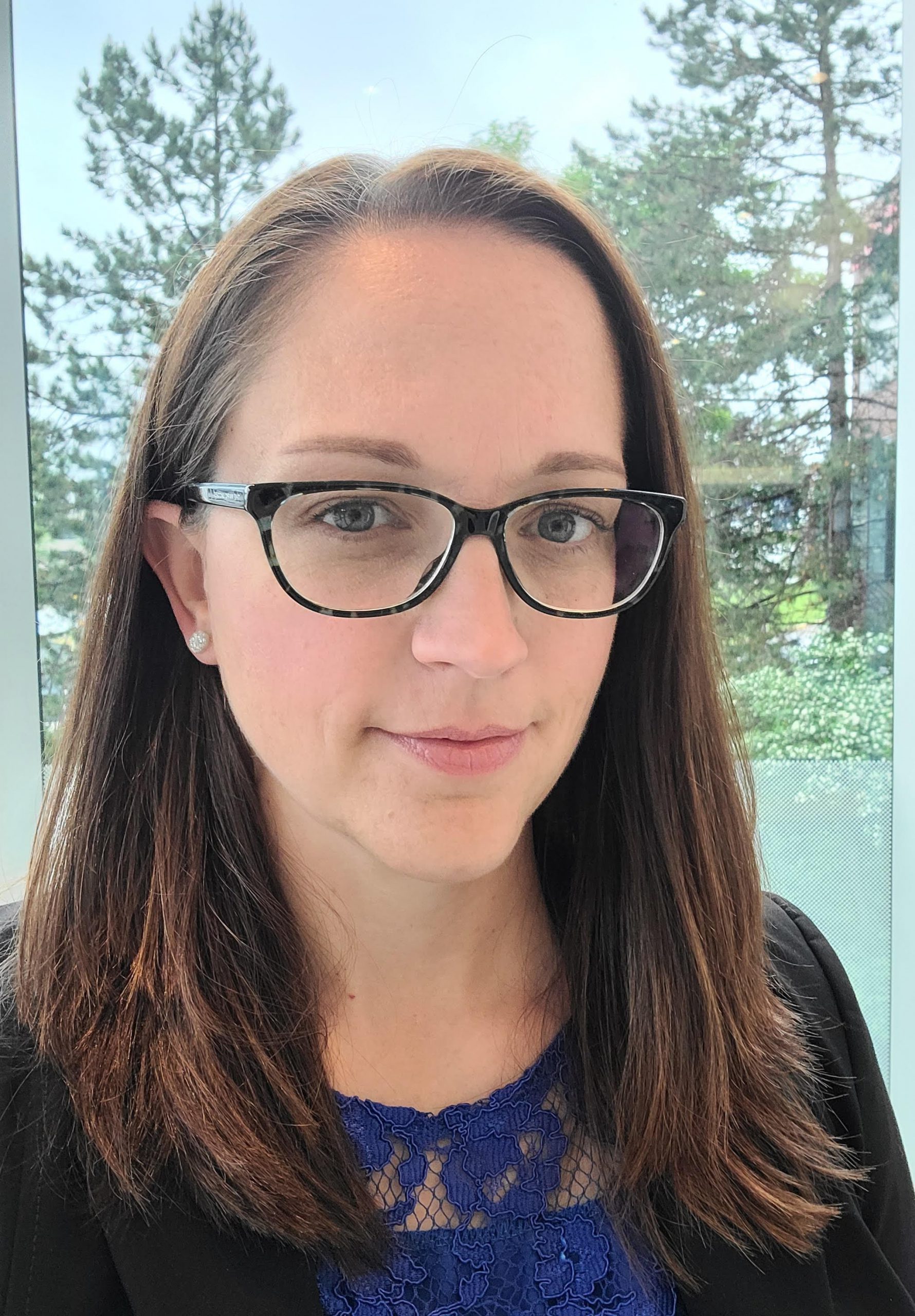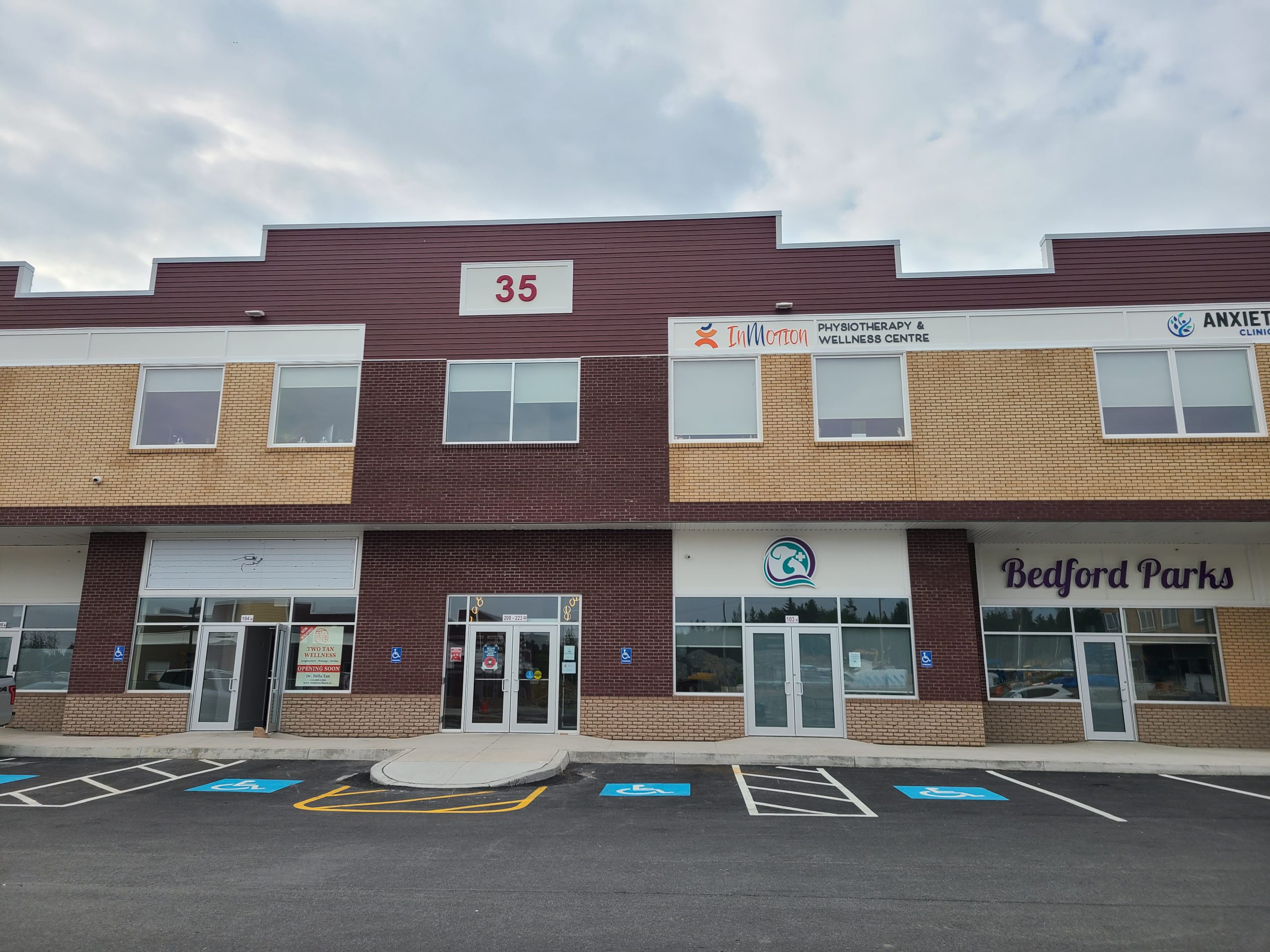Known as the “silent thief”, osteoporosis affects over 2 million Canadians. The condition causes bones to become thin, porous, and fragile. The decrease in density and bone strength puts those living with the condition at higher risk of fractures, particularly in the hip, spine, wrist, and shoulder. To date, there’s no single cause for osteoporosis that’s been identified. However, bone strength and density can be maintained by stopping or reducing deterioration. That’s where Bone Fit comes in.
Osteoporosis Canada, the only national organization for those with or at risk of osteoporosis, started Bone Fit in the aftermath of the Ministry of Health and Long-Term Care’s 2005 launch of the first osteoporosis strategy. The program was developed to create the Bone Fit Clinical course as a means of educating health care professionals on some of the best methods to help treat the condition. It was launched in 2010 as a two-day training course. Then, in 2012, the Bone Fit Basic course was launched, aimed predominantly at certified fitness and exercise health professionals rather than those in the medical field. Finally, in 2013, the programs were restructured into one, cohesive course for both health care professionals and fitness professionals to ensure a thorough and comprehensive knowledge base.
So how can a training program like Bone Fit help with Osteoporosis treatment?
The program, started by a physiotherapist and overseen by a group of expert clinicians and academics, takes certain principles of exercise and applies them to osteoporosis physiotherapy keeping in mind the patient’s potential limitations. While there’s no way to reverse the effects of osteoporosis, there are ways of stopping the deterioration and preventing further bone loss. Depending on when you identify the condition, this could be life-saving. Bone Fit aims to teach health care and certified fitness professionals how to optimize physiotherapy for those with osteoporosis to ensure they’re not only exercising safely but that they’re going through the best possible preventative physiotherapy treatment for their condition.
How will physical fitness help stop bone deterioration in its tracks? It’s actually pretty simple.
We reach our peak bone production at a very young age. For women, that peak is between the ages of 16 and 20 years old, whereas for men it’s a bit later, between 20 to 25 years. Once we hit our mid-30s, men and women alike gradually begin to lose bone density. Weight-bearing and muscle-strengthening exercises help enormously with osteoporosis, often by actually building bone mass. Muscle-strengthening exercises help by replacing bone mass as it’s lost. By strengthening your muscles, you also create better stability, lowering the risk of falls and resulting fractures, which can be fatal.
As we learn more about bone health and treatments for conditions like osteoporosis, we’re seeing a change in how to treat our clients.
That’s why at InMotion Physiotherapy and Wellness Centre we have a Bone Fit certified therapist – Yolanda Pinedo. We want to help our patients who are at risk or have been diagnosed with osteoporosis to lead healthy, strong, and mobile lives. Are you interested in learning more about our too-fit-to-fracture exercise program? Book Here
References:







